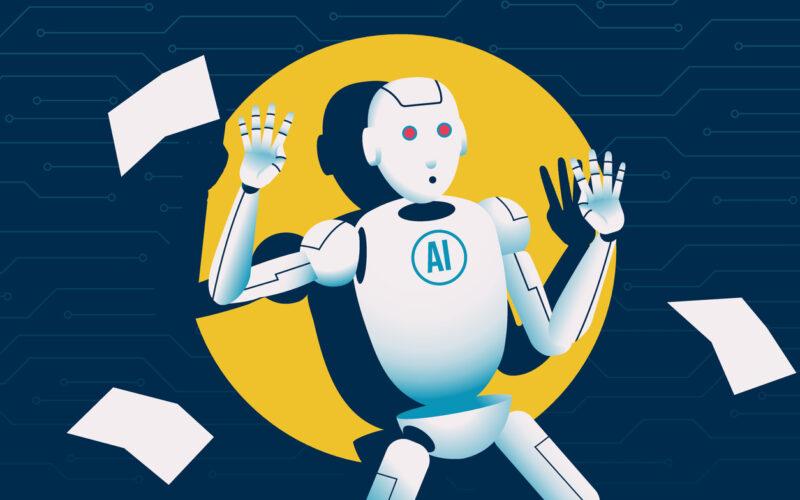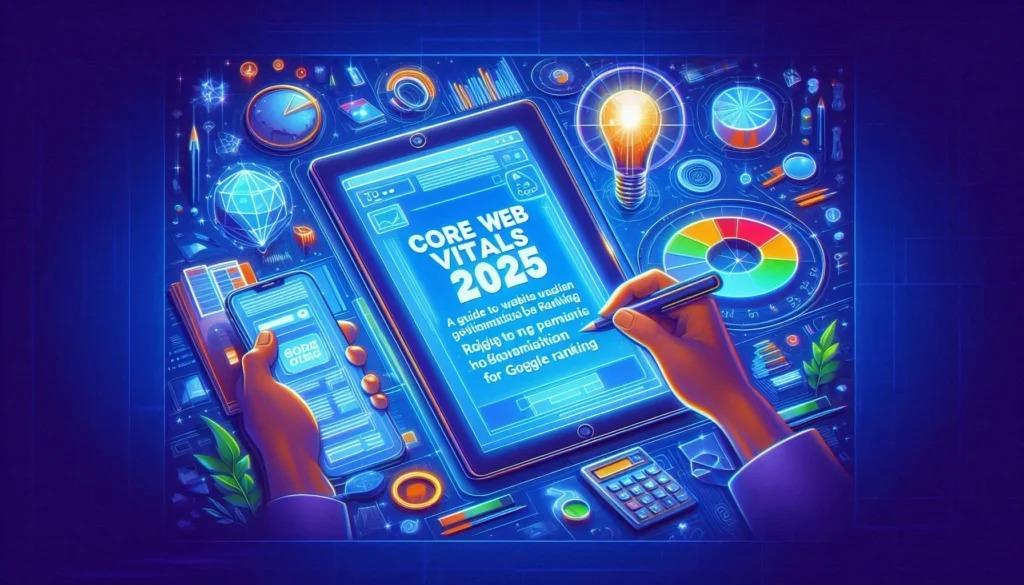The New Era of Content Filtering: Understanding the Power of a Detector de IA

In the digital expanse where human and artificial minds collide, a silent sentinel has emerged—the detector de IA. Far from a traditional filter or scanner, this innovation stands as a futuristic lens through which synthetic and authentic expressions are deciphered. As AI-generated content infiltrates blogs, classrooms, and creative platforms, this tool isn’t just timely—it’s transformative.
Beyond the Buzz: What Is a Detector de IA?
Imagine a tool designed not merely to analyze grammar or vocabulary, but to decode intention, cadence, and creation source. A detector de IA functions like a truth compass—scanning content at its core to discern whether a human heart or an algorithmic mind penned the piece. Instead of relying on basic text patterns, it reads between the binary lines, identifying algorithmic footprints and language structures typical of artificial outputs.
How Does It Function?
Gone are the days of simple plagiarism detectors. The detector de IA thrives on neural comparison, context threading, and linguistic fingerprinting. It breaks content into fragments, then:
-
Maps linguistic texture
-
Traces narrative rhythm
-
Matches against large-scale AI lexicons
Each sentence is scrutinized like digital DNA, distinguishing spontaneous emotion from programmed precision.
Why the Buzz Now?
As generative AI tools flood the internet with millions of words per second, educators, publishers, and search engines are crying out for clarity. The line between machine-crafted text and human voice has blurred—enter the detector de IA as the lighthouse in the mist. Whether for academic integrity, journalistic transparency, or creative originality, this tool is now the watchdog of authenticity.
Real-World Uses of Detector de IA
From university lecture halls to corporate boardrooms, the demand for this detection marvel is multiplying. Here’s where it’s making waves:
-
Education: Verifying student essays in an age of AI-assisted homework.
-
Publishing: Filtering ghostwritten AI articles to uphold creative integrity.
-
Recruitment: Evaluating applicant responses to ensure genuine input.
-
Marketing: Identifying bot-written product reviews and testimonials.
It’s not about banning AI—it’s about transparency.
A New Standard in Digital Honesty
What makes the detector de IA more than just a tech buzzword is its underlying philosophy: human creativity deserves clarity. We’re not living in a future where AI replaces us—we’re living in one where humans and AI coexist, and tools like these help draw the boundary lines.
Future Forward
Future models will likely integrate emotion sensing, cultural nuance tracking, and multilingual context processing. As AI grows more subtle, detection must grow more sensitive.
In a world where words can come from anywhere, knowing where and how they were formed is more valuable than ever. The AI Detector is not just a tool; it’s a guardian of digital authenticity, a keeper of human essence in a coded world.
Conclusion: Guarding the Gate of Original Thought
The detector de IA isn’t about limiting creativity—it’s about illuminating it. In a world rich with artificial echoes, this innovation empowers us to preserve the voice that matters most: our own.







